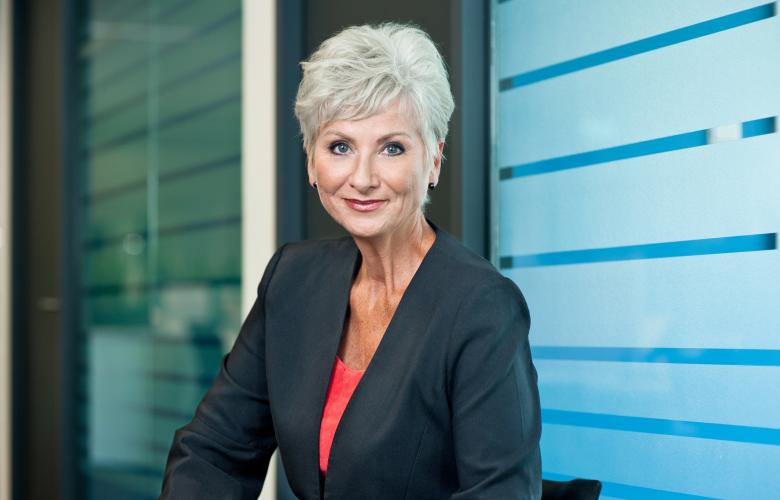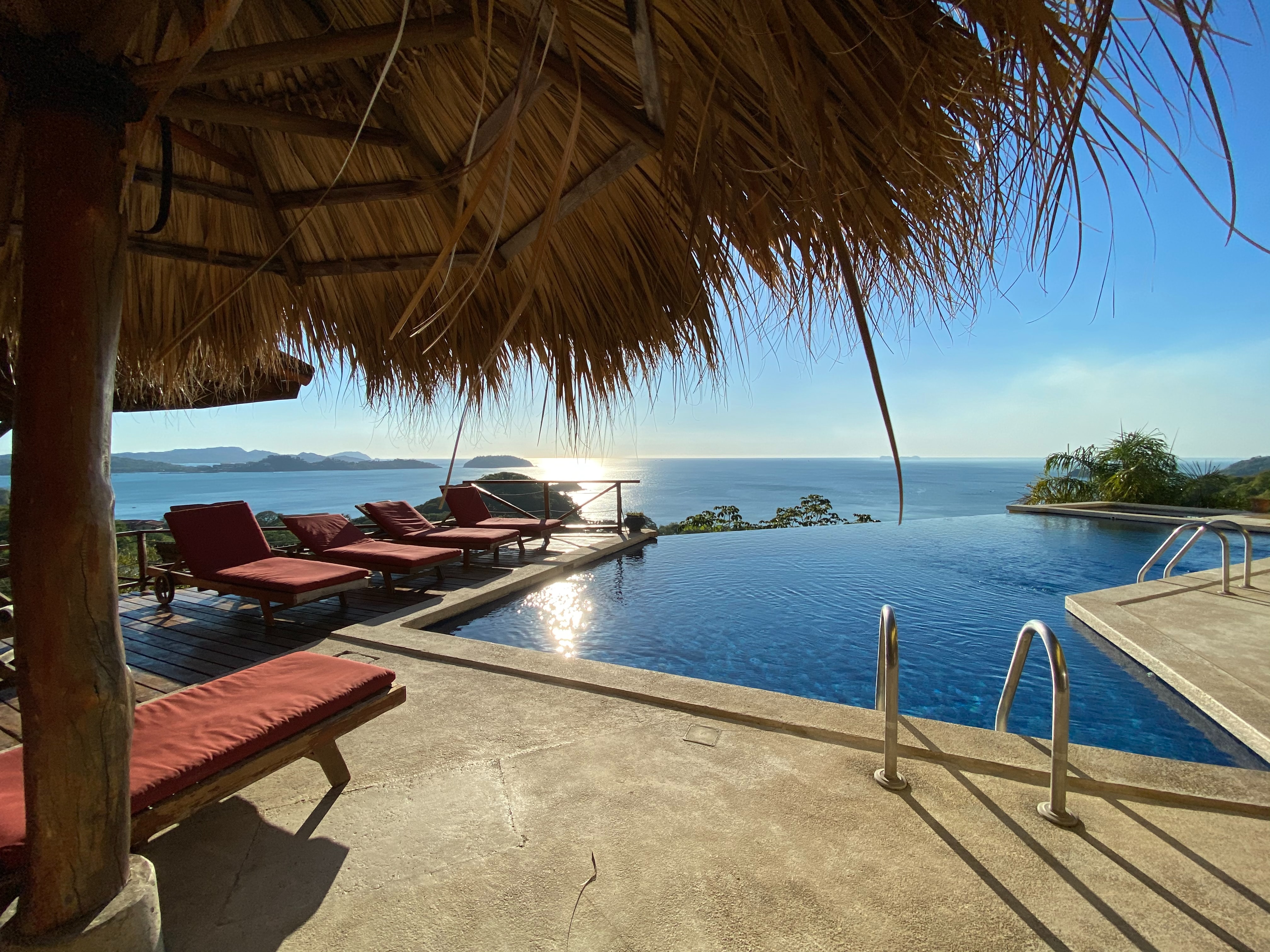One of the primary goals of any hotel, regardless of operating conditions, is to maximise revenue through delivering exceptional guest experiences.
Increased revenue leads to higher cash flow, giving the hotel greater day-to-day liquidity, generating interest and a return on capital.
While guest satisfaction and revenue generation are critical for all hoteliers, ultimately these properties are also assets and need to generate profits and returns to owners and shareholders.
Delivering profits has never been more difficult for hoteliers than today, as a result of COVID-19 travel restrictions and social distancing rules.
Given the market disruption caused by COVID-19, the conversation hoteliers are having is now less about maximising revenues and shareholder returns, and more about minimising losses and safeguarding profit-making opportunities.
But what are the key levers that hoteliers need to consider in order to protect revenue and profits during the downturn?
Don’t drop prices
Price cuts are traditionally designed to grow market share or create demand spike. However, that presumes that there is market share to be grown (or stolen) or demand that will be created as a result of changed price. In a COVID-world this is not the case. People will not visit a destination if they perceive the location to hold some form of risk, even if the price set by a hotel is appealing. Therefore, hotels that offer blanket discounts to boost occupancy may instead be undervaluing their property, risking setting a low-price reference point and still not stimulating the desired demand.
There will come a time, as we enter recovery and as travel returns, when hoteliers may consider pricing their rooms at a discount (or ‘go-low’) to secure occupancy. This tactic will ultimately result in long-term pain for any hotel that pursues this strategy. Hotels that implement aggressive discounting will face real challenges when market conditions further improve. Expect resistance to any price increases from customers who have a lower reference point value for a hotel’s rooms and services.
Hoteliers should benchmark their rates with competitors and, if they do proceed with lowering their prices, these should be deployed to selected, protected markets and masked rate practices should be instigated (such as opaque rates, bundling and qualifying rates) to avoid manipulating wider public rates. At this time, hotels should also leverage their brand value by directing customers to the added-values of the property through promoting benefits and selling tailored packages.
Maintain service levels
While hoteliers may be tempted to undertake extreme cost-cutting measures in a COVID-19 impacted market, any savings measures should not come at the expense of service levels.
Guests that visit a hotel through the COVID-19 period, including the early recovery phase, will experience first-hand a hotel’s cost saving measures. And in an age when social media use has reached record-high levels* as a result of COVID-19 stay-at-home directives, hoteliers need to be mindful that what is being said about their property online can either enhance or damage their reputation and influence their ability to attract guests in the future.
As Sherri Kimes, Professor at Cornell University said, “Don’t reduce standards, but increase added value; guests are very sensitive to changes. The bad times are not forever, and it could take a longer time to recover if you cut corners to save a buck.”**
Key to maintaining high levels of service for guests is the ability to foster an engaged and motivated team of guest-facing employees. Hoteliers should keep all employees informed about business decisions through challenging operating periods, including those that may be temporarily furloughed, and where possible, involve staff in developing creative solutions. Extra time should, of course, be spent briefing staff to answer any questions and ensure guest satisfaction, and opportunities for further training should also be explored.
At this time, hoteliers should clearly communicate with guests their enhanced sanitation protocols – such as providing hand sanitisers in each room, social distancing practices, displaying of indoor air quality, extensive routine cleaning procedures and more. This will reassure travellers of their own safety. Additionally, new services that accommodate special medical needs and facilitate in-room meal deliveries from outside providers (like Uber Eats) should also be highlighted to demonstrate ways in which the hotel is seeking to protect the wellbeing of guests.
Source: IDeaS
Refocus marketing and revenue driving activities
Given the rapidly evolving market conditions, hoteliers should look to re-direct their marketing plans and promotional activities to reflect the appropriate business mix.
Best practices around relevance of content and social media engagement through the production of engaging and relevant online information continues, with special attention needed to ensure the right tone and empathy during these times.
Hotels should review and monitor social media and online commentary for their hotel – both to act on any negative feedback to improve the guest experience (such as putting more staff on to reduce check-in times, if online commentary suggests that is an issue), and to promote and amplify the positive organic remarks the hotel receives.
Hotels often focus their marketing spend on acquiring new guests in order to broaden their customer base. However, by doing this, they can overlook a major revenue stream that can be engaged at a much lower cost – previous guests.
Email marketing allows hotels to communicate with their previous guests at specific times throughout the customer journey, such as prior to arrival, during their stay and after checking out. Additionally, hotels have valuable insights (and data) on their previous guests, which means they can send specific messaging to these individuals (promote welcome-back packages, special offers and incentives) to drive direct bookings and avoid having to rely on costly OTAs to support occupancy.
Explore all revenue opportunities
Revenue managers are instrumental in finding alternative revenue sources and helping create new ones in times of uncertainty. Should international travel restrictions remain in place over a longer period of time compared to localised or domestic travel, revenue managers in conjunction with their sales and distribution teams, can explore alternative revenues to make up some of the lost demand (for example locally sourced business, meetings and events). Analysis of post-booking and arrival upsell activities can provide insights into successful optimisation and opportunities to refine this process. Before implementing new promotions, hotels would be foolish not to simulate what-if analysis and run A/B testing on potential pricing scenarios, so they aren’t blindly launching new campaigns at critical times for their business.
React mindfully to market conditions
While the market has been significantly impacted by COVID-19, there are still a wide range of revenue and distribution strategies that should be deployed now in order to protect revenue and profit, not just in the next few weeks, but for the next several months and even years into the future. The long-term overall trend for the hotel industry is positive, with ongoing growth forecasted for business and leisure travel at a global scale.
As IDeaS’ Managing Director, Asia-Pacific, Rachel Grier is responsible for growing IDeaS Asia business and enhancing the company’s leading brand reputation in the dynamic Asia hospitality sector. With more than two decades of experience, she has a record of growing businesses in the regional hospitality and travel sectors across a range of established and emerging markets in Asia, Pacific and the Middle East.
Click here for more information about IDeaS








